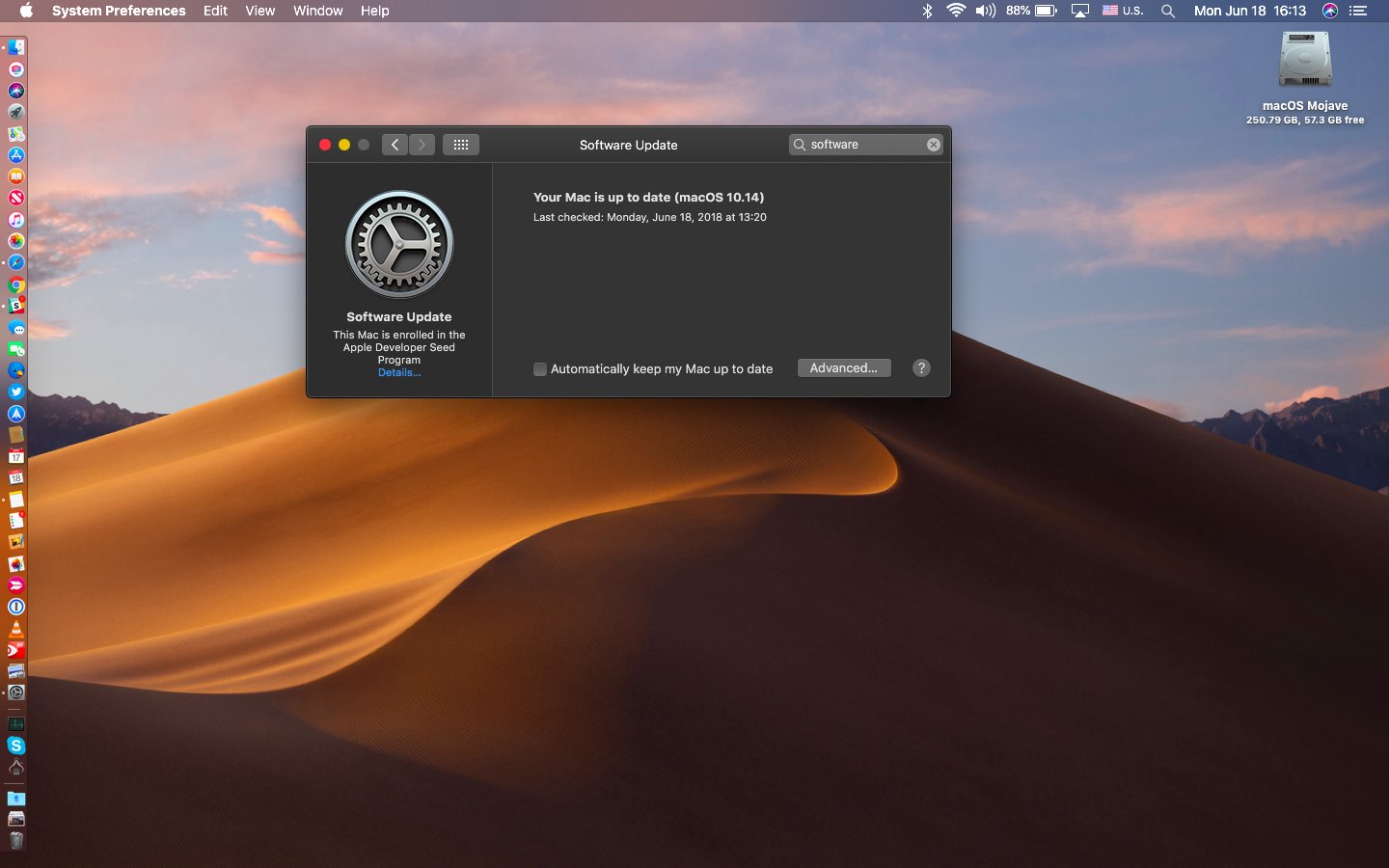

- #Cinch app for mac not working after mojave update install
- #Cinch app for mac not working after mojave update update
- #Cinch app for mac not working after mojave update software
- #Cinch app for mac not working after mojave update plus
#Cinch app for mac not working after mojave update install
If a new version of macOS might make performance significantly worse, Apple could decide to drop support for that model.īut what if the internet knows better? This appears to be what many have concluded with the rise of macOS “patcher” apps that make it possible to install unsupported versions of macOS on your old Apple hardware. Option 2: Install an Unsupported macOS Release AnywayĪpple doesn’t share why it decides to exclude a Mac from a major release, but performance likely plays a big part in the decision. If you’re determined to keep using your Mac at this stage, we’d recommend a third-party browser like Firefox, Chrome, or Edge. This might result in web pages not rendering correctly or in web apps that refuse to work. If you use Safari, keep in mind that your browser will stop receiving updates outside of security fixes. This could result in apps that you’ve purchased via the Mac App Store not updating or working at all. Some apps could require a newer version of macOS, just as iPhone and iPad apps require a minimum version of iOS.
#Cinch app for mac not working after mojave update software
This makes it impossible to perform local backups or transfer files via a USB connection.Īs time goes on, you might start to lose software support, too.
#Cinch app for mac not working after mojave update update
If you use an iPhone or iPad, you could lose the ability to connect it to your Mac when you update to a newer version of iOS. You will still get security updates for the first two years, and your Mac should continue to function like it always has outside of any hardware issues you might face.īut there are problems with this approach. Your first option is to carry on using your outdated Mac regardless of software status. So if you find yourself in this situation, what should you do? Option 1: Keep Using an Outdated Version of macOS This suggests that many other “minor” security issues could go unaddressed for Mac users on older versions of macOS. Apple can make calls like this based on how many people are still using the software and how severe the security issues are.Ī glance at Apple’s register of security updates reveals that this doesn’t happen too often. In November of 2020, Apple issued a security update for macOS High Sierra, even though it was three versions behind the latest release (Big Sur) at the time. Sometimes, Apple will update versions of macOS that fall outside of the two-year cutoff. The latest version of macOS will get more comprehensive updates like performance tweaks and bug fixes. The two older versions will continue to receive occasional software updates, which mostly focus on security fixes.
#Cinch app for mac not working after mojave update plus
Do Old Versions of macOS Get Updates?Īpple’s track record suggests that the company will update the latest version of macOS plus the previous two versions.

These include iMacs from 2014, the 2013 MacBook Air and MacBook Pro, and 2015’s MacBook. As an example, the 2021 macOS Monterey update drops support for several machines that were compatible with the previous version (Big Sur). This generally happens once the machine is seven or eight years old. At that stage, these machines are potentially “stuck” on the last compatible major release forever.

As modern machines become more powerful, there comes a point when older machines simply aren’t up to the task anymore. MacOS is designed first and foremost for Apple’s latest computers. These upgrades happen once per year, normally around October, and they have a new name like Catalina, Mojave, or Big Sur. Apple has no official written policy on what happens when your Mac is no longer supported by major operating system upgrades.


 0 kommentar(er)
0 kommentar(er)
